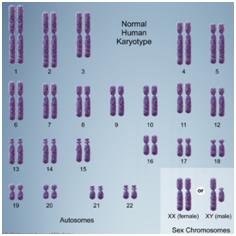World Down Syndrome Day
World Down Syndrome Day (WDSD) is observed every year on 21 March. It is a global campaign that is observed annually to spread awareness about Down Syndrome.
Context
World Down Syndrome Day (WDSD) is observed every year on 21 March. It is a global campaign that is observed annually to spread awareness about Down Syndrome.
History
- The first World Down Syndrome Day was observed in 2006.
- Then the Brazilian Federation of Associations of Down Syndrome worked with Down Syndrome International and its members to launch an extensive campaign to generate international support.
- In November 2011, the General Assembly adopted a resolution by consensus to celebrate World Down Syndrome Day every year.
- The next month it declared March 21 as World Down Syndrome Day.
Theme 2022
- “Inclusion Means”. It calls for making efforts to include people with down syndrome in all matters of life and not discriminate against them.
About Down Syndrome
- Down syndrome occurs when an individual has an extra partial (or whole) copy of chromosome 21.
- A baby is typically born with 46 chromosomes. Down Syndrome babies have an extra copy of one of these chromosomes.
- Trisomy is a medical term for having an extra copy of a chromosome.
- Trisomy 21 is another name for Down Syndrome.
- It is not yet known why this syndrome occurs, but Down syndrome has always been a part of the human condition.
- It exists in all regions across the globe and commonly results in variable effects on learning styles, physical characteristics and health.
- Babies with Down Syndrome have an extra copy of a chromosome, which changes how the baby’s body and brain develop.
- People with this syndrome usually have an IQ (a measure of intelligence) in the moderately low range and are slower to speak than other children.
Normal Human Karyotype Down Syndrome Karyotype 

Chromosome
|

